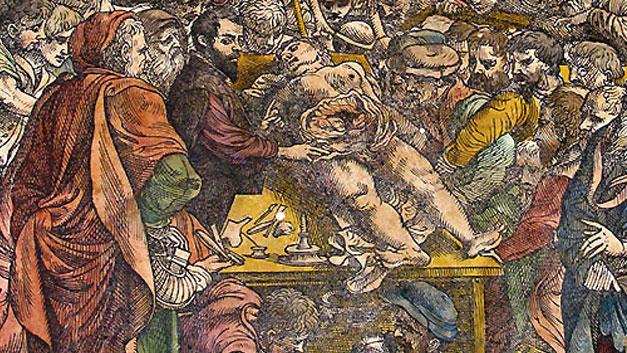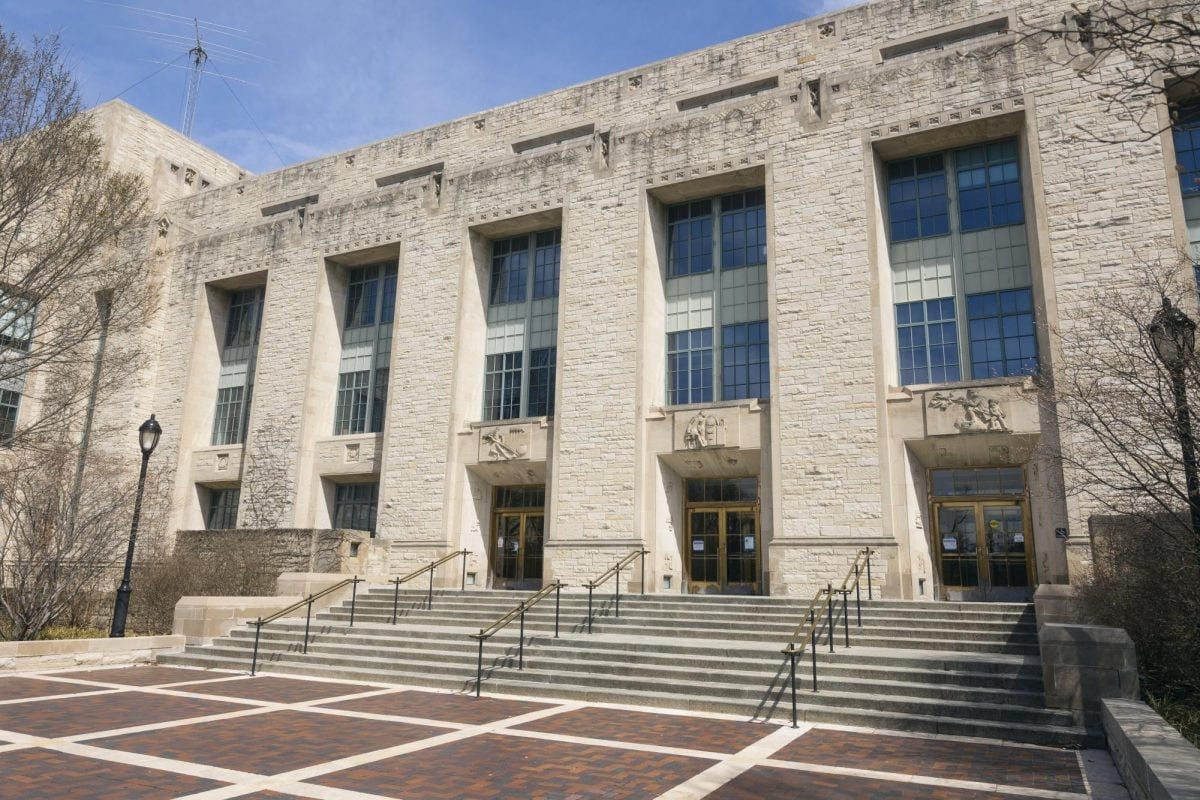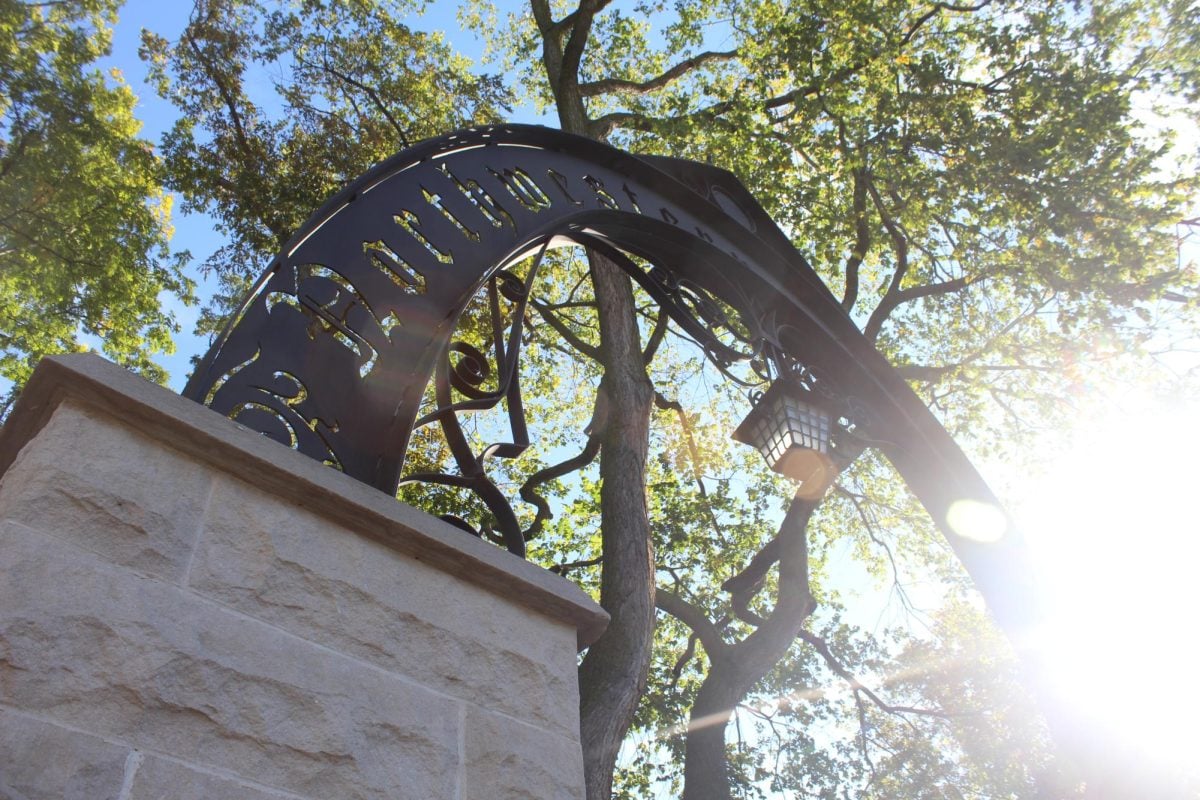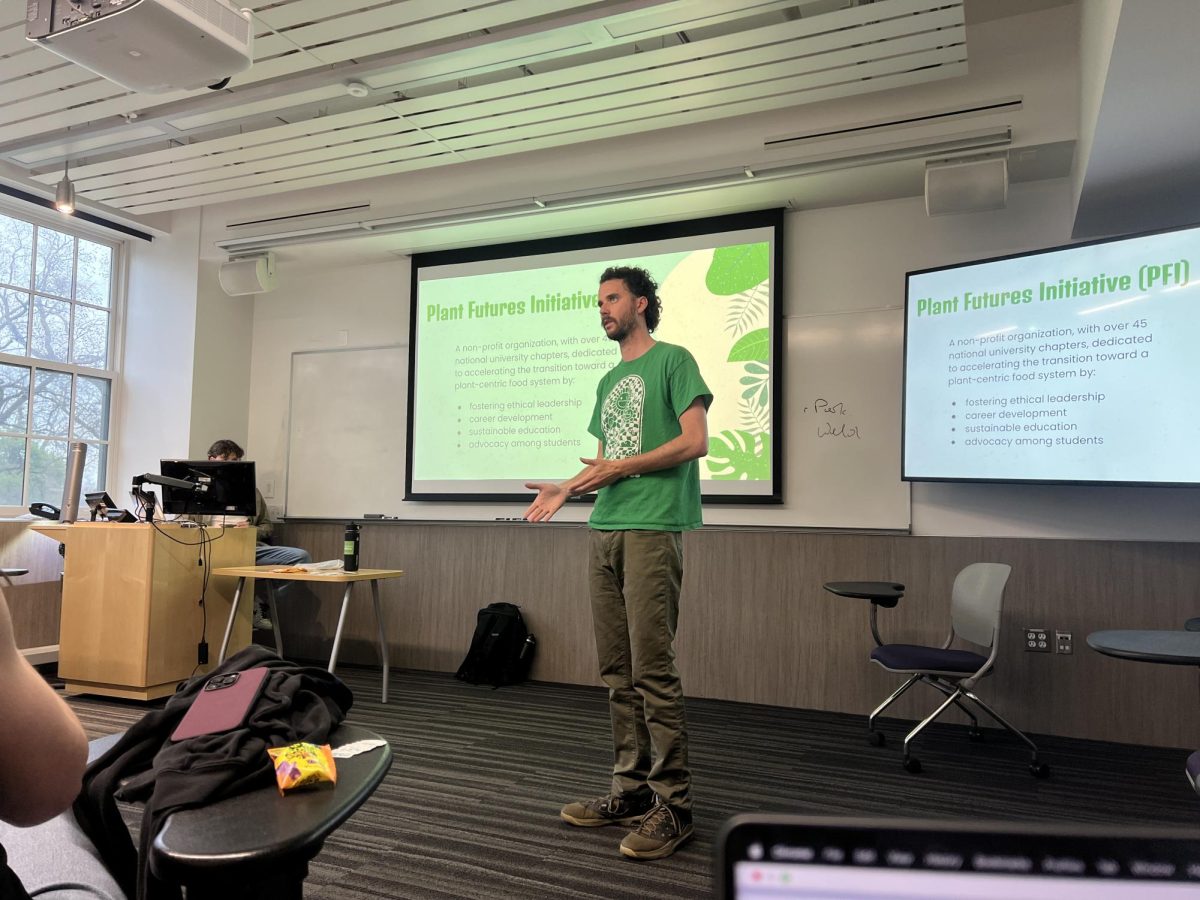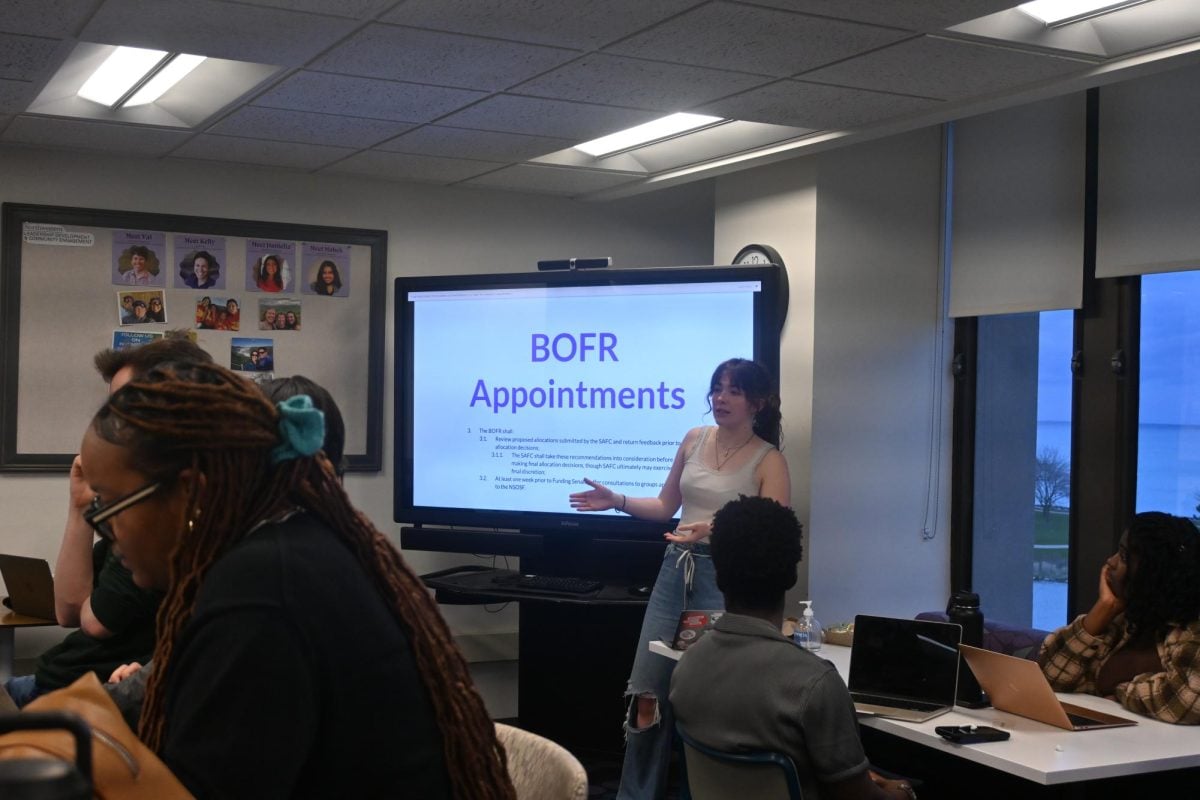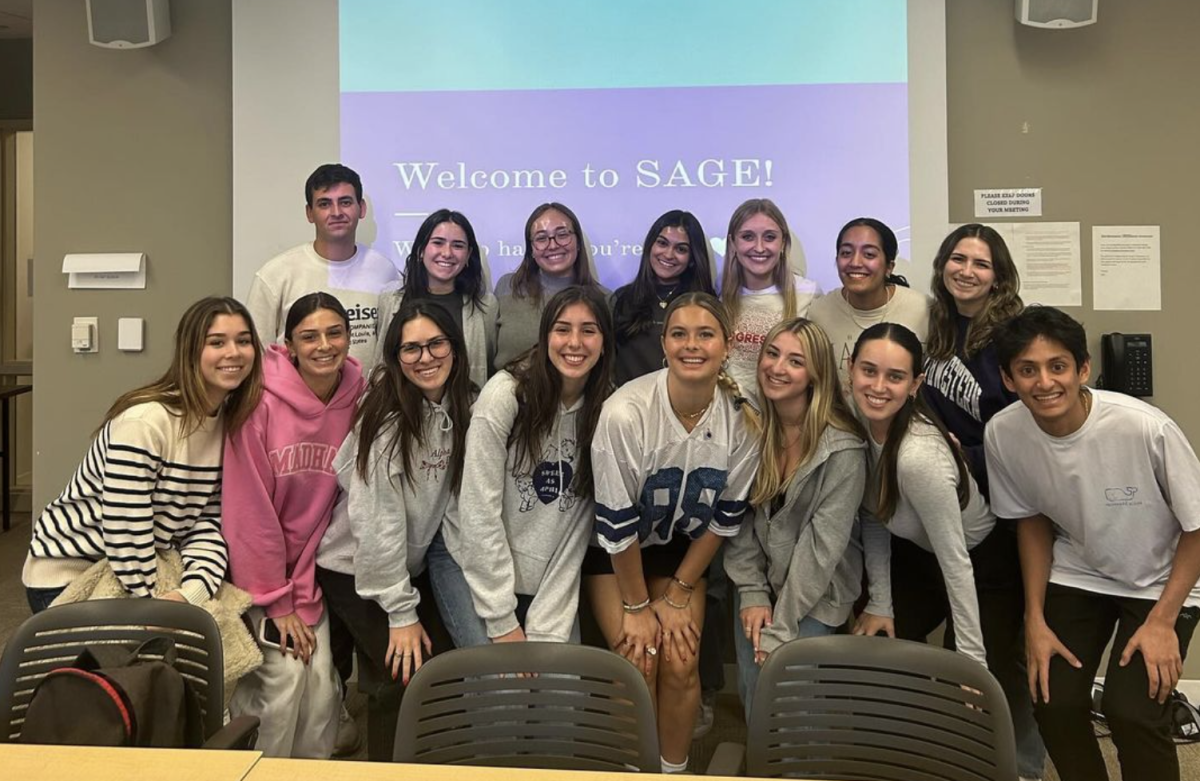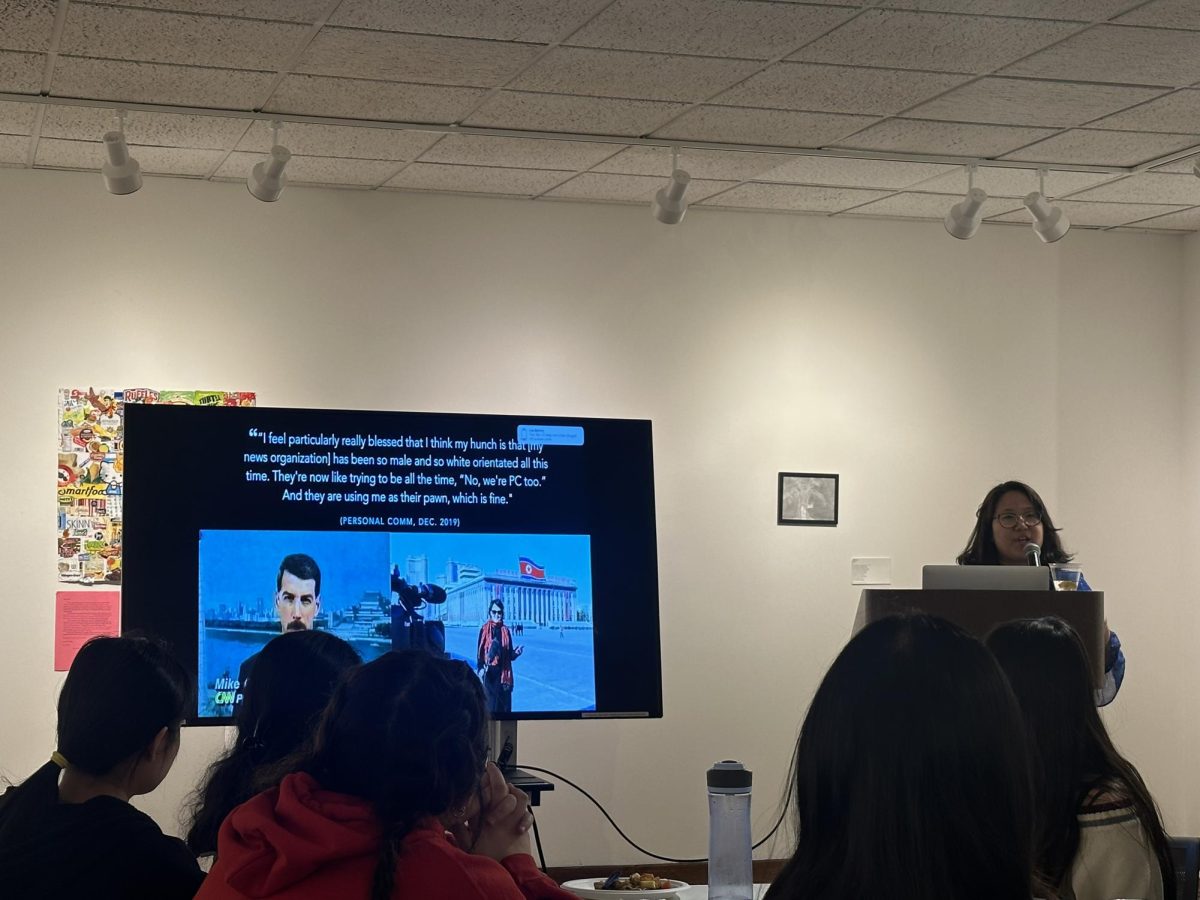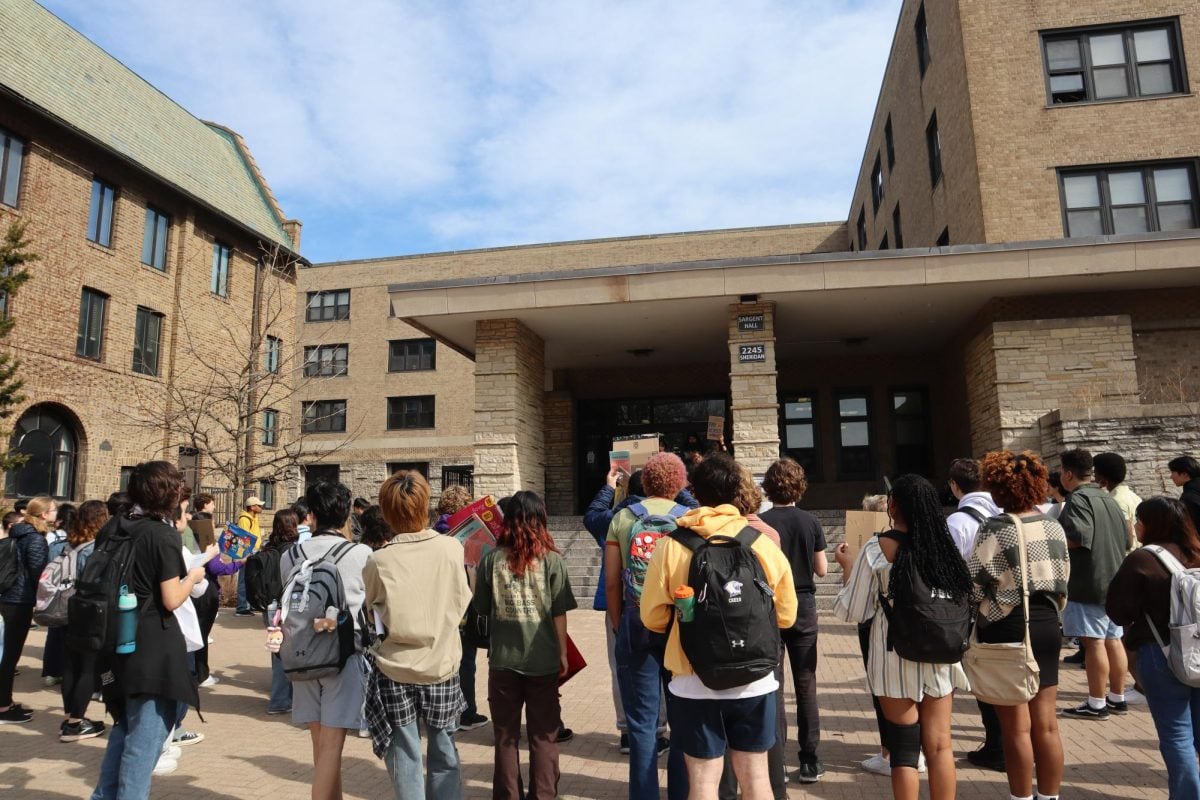Emeritus Profs. Dan Garrison and Malcolm Hast recently completed translating and annotating the most significant Renaissance work in the realm of medicine and anatomy from its original Latin into English.
Andreas Vesalius’ work, “De Humani Corporis Fabrica,” was originally published in the 16th century and contained more than 250 woodcut drawings at first publication. The title translates to “On the Fabric of the Human Body.”
The translation, which costs $1,650, has more than 5,000 footnotes and weighs more than 35 pounds. The professors presented the book Nov. 4 at the Galter Health Sciences Library in Chicago to an audience of collectors, historians, medical students and faculty.
The book was first printed in 1543, the same year Nicolaus Copernicus published “Revolutions of the Heavenly Bodies.” Like Copernicus, Vesalius went against the accepted notions of the time, challenging the ideas about the way the human body worked and performing dissections in front of live audiences.
Hast, a professor of otolaryngology, approached Garrison in the early 1990s for help in translating a small portion of the text. The two professors ended up translating and annotating the entire work over a span of more than 20 years, and Swiss publisher Karger AG published the modernized, user-friendly version.
Initially, the professors had no intention of translating the entire work.
“Like many big projects, I probably wouldn’t have undertaken it if I would’ve known how big it was,” Garrison said.
The massive project wasn’t without challenges. Garrison said making out Vesalius’ Latin was a large issue. The author’s language was of the humanist type, with “a good deal of emphasis on sentence lengths, novel vocabulary and complexity of language.”
Hast agreed with Garrison, saying his colleague would translate roughly a page and then would hand it over to him to check its clarity and structure. Hast also put the names of the body parts detailed in the work into the Latin nomenclature that is used today.
“It was difficult to get an accurate translation of what (Vesalius) meant,” he said.
Garrison stressed the importance of preserving works such as Vesalius’, saying “they represent the ground floor of the way we think about the body” and likening the text to the Henry Gray’s “Gray’s Anatomy.”
“It’s one of the founding documents of the scientific revolution,” he said. “It made Vesalius the father of modern anatomy.”
Garrison and Hast received support from the Andrew W. Mellon Foundation, the National Institutes of Health and the National Endowment for the Humanities, as well as a $1 million donation from the Kuwaiti Minister of Health.
The translation will be available in the Galter Health Sciences Library and the Evanston Public Library.
Email: [email protected]

